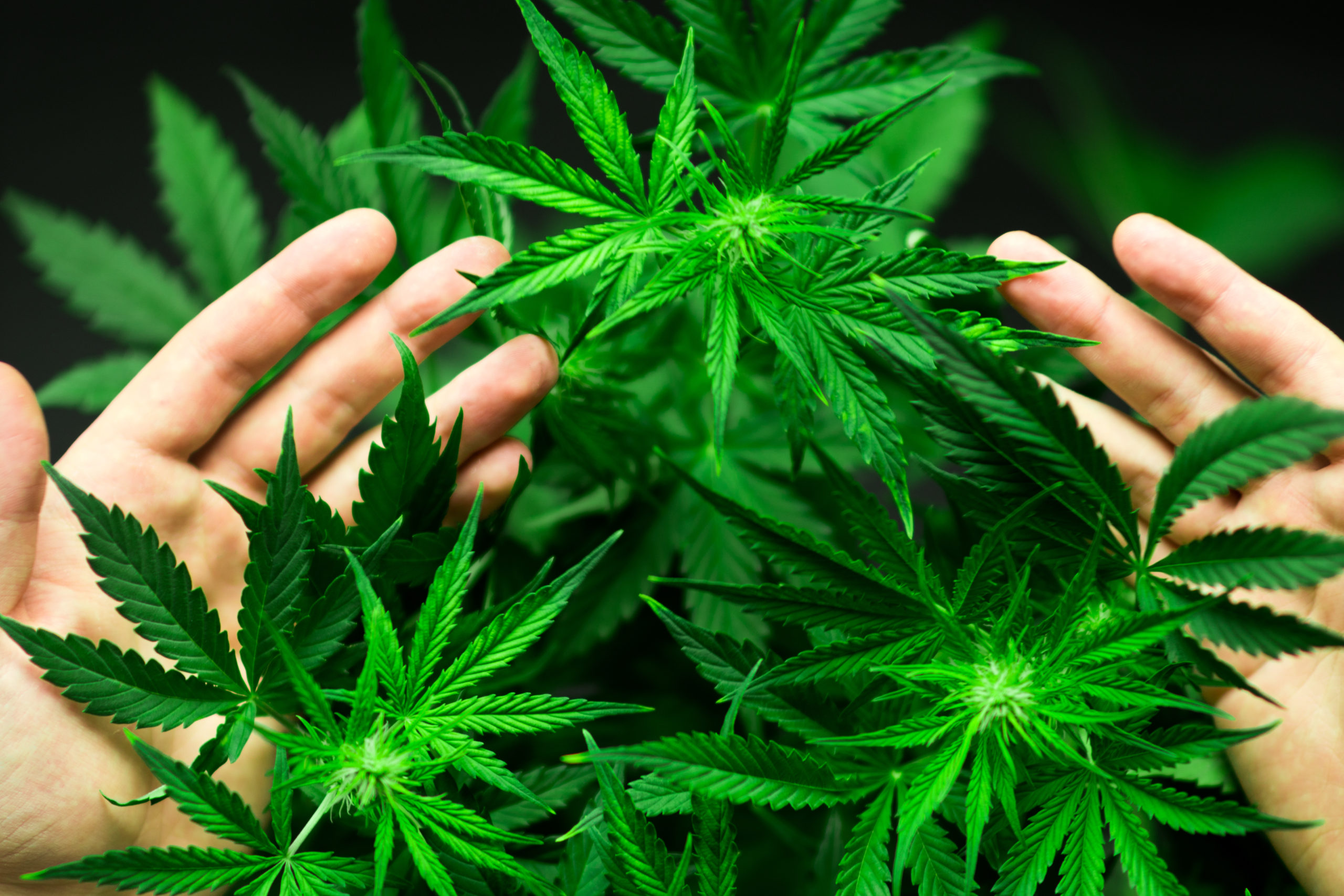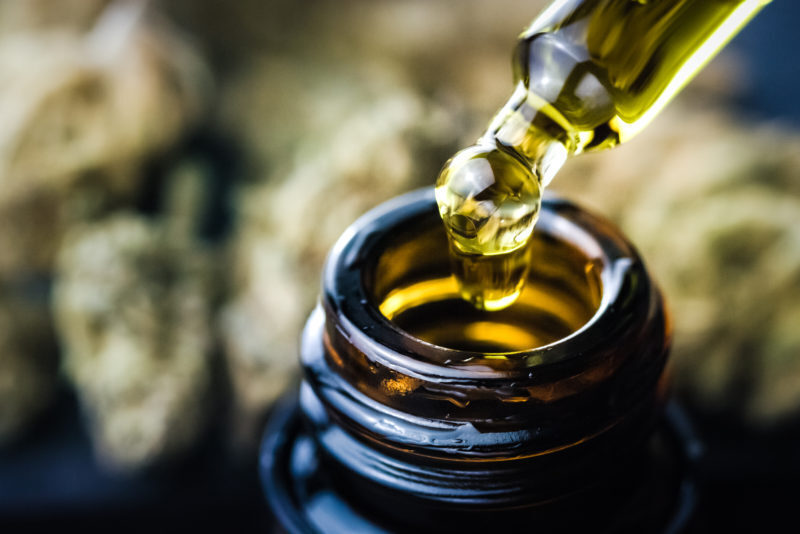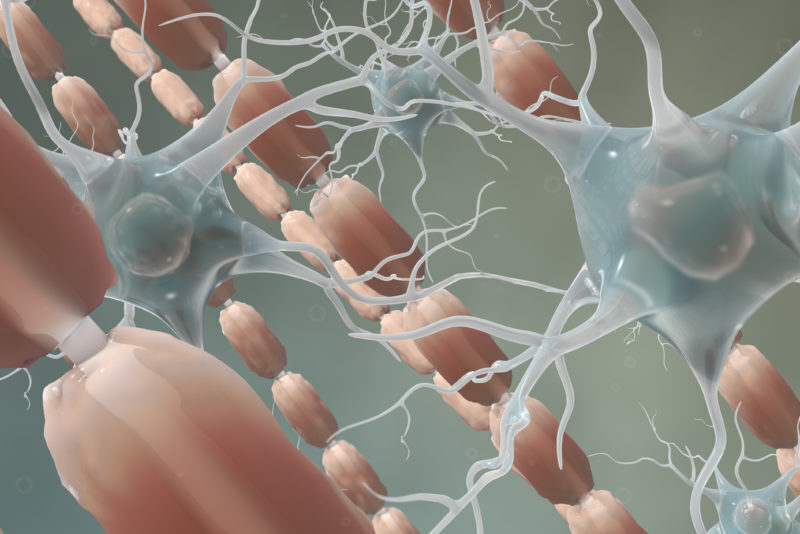-
- Market Research
- |
- CBD Near Me
- |
- Giveaways
- |
- Newsletter
- |
- Contact
- |
- Advertise
- |
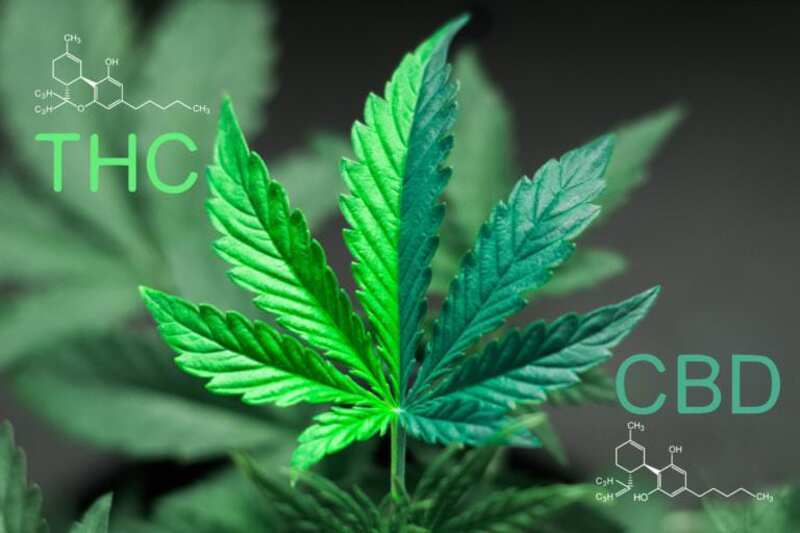
While cannabidiol (CBD) and tetrahydrocannabinol (THC) are both cannabinoids that come from cannabis, they have significant differences. THC is probably the most well-known cannabinoid, as it is responsible for the “high” associated with marijuana, while CBD is non-psychoactive and undergoing extensive research as a therapy for numerous illnesses. Knowing the difference between CBD and THC can help you understand how each compound works in the body, appreciate their potential therapeutic benefits, and make more informed decisions as a consumer.
What Are the Differences Between CBD and THC?
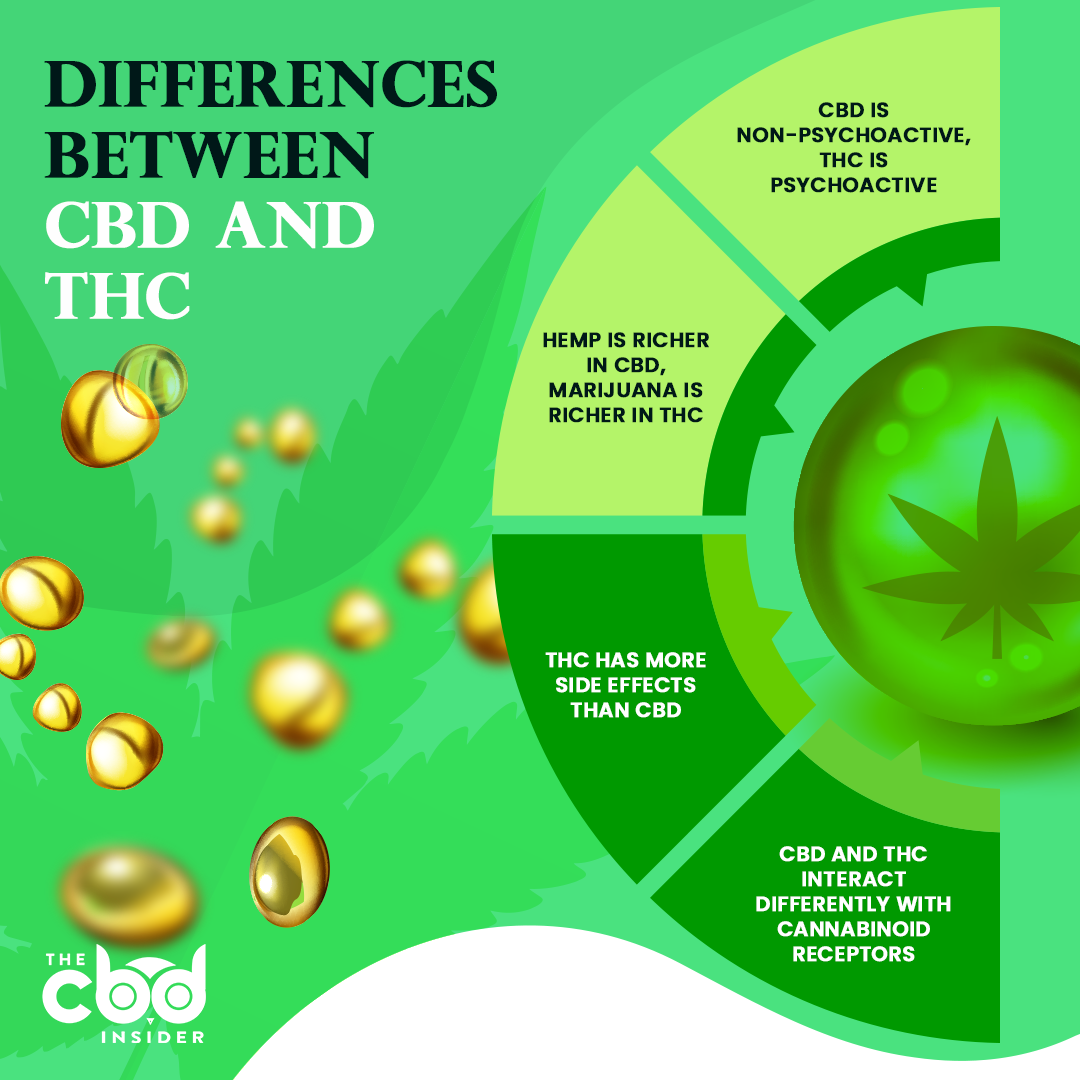
CBD and THC are both phytocannabinoids that come from cannabis, but they possess significant differences in function and origin.
CBD is Non-Psychoactive, THC is Psychoactive
The most well-known difference between the two compounds is that THC is responsible for giving marijuana users a “high,” while CBD is not psychoactive at all.
So why is THC psychoactive and not CBD?
The reason is their differing chemical compositions, which determines how they will interact with the endocannabinoid system.
As a result of its chemical makeup, THC binds with a specific endocannabinoid receptor called CB1. CB1 receptors are found abundantly in the brain and central nervous system; thus, when it is activated, THC can produce psychoactive effects.
Specifically with THC, these effects provide a euphoric feeling, much like a natural cannabinoid that it mimics called anandamide. Like THC, anandamide binds with CB1 receptors and can improve mood. In fact, anandamide has been shown in a study published by the British Journal for Sports Medicine to produce the euphoria experienced in “runner’s high.”
By comparison, CBD’s chemical composition makes it an antagonist of CB1 that alters the receptors to prevent THC from binding with them, negating THC’s psychoactive effects and producing none of its own.
Hemp is Richer in CBD, Marijuana is Richer in THC
CBD and THC both come from cannabis, and both compounds are found in hemp and marijuana. However, hemp is richer in CBD while marijuana is richer in THC.
Hemp, also known as industrial hemp, must have no more than 0.3% THC in it to be legally considered hemp.
On the other hand, marijuana has been bred to increase the concentration of THC for stronger psychoactive effects. In a study conducted jointly by the University of Mississippi and the University of West Georgia, THC content in marijuana has risen from 4% to 12% between 1995 and 2014.
CBD and THC Interact Differently With Cannabinoid Receptors
Both cannabinoids produce similar effects in different ways.
THC binds with CB1 receptors to produce a euphoric high and reduce pain while CBD is an indirect antagonist of the receptor, preventing THC’s ability to bind.
While CBD does not bind with CB1, CBD does bind and interact with other receptors, such as CB2 and vanilloid receptors.
The CB2 receptors are often found on immune cells, and CBD is well-documented to interact with CB2 receptors (although it is unknown whether CBD interacts directly or indirectly) to produce anti-inflammatory effects.
Vanilloid receptors seem to be responsible for pain sensitivity and inflammation. CBD has been shown to bind with these receptors to modulate pain, reduce anxiety, and help reduce inflammation.
THC Has More Side Effects Than CBD
As a result of its mental alterations, THC can have more unpleasant side effects than CBD for some patients. Nausea, short-term memory alteration, impaired motor coordination, altered judgment, paranoia, and psychosis are possible side effects of THC.
Conversely, CBD does not seem to have any mental side effects. The most common side effects of CBD seem to be drowsiness, change in appetite, and diarrhea, roughly affecting 10-20% percent of patients on average in studies.
According to a review of scientific literature by the University of São Paulo in Brazil, CBD is well tolerated when used chronically or taken in high doses (e.g., 1,500 mg per day).
These differences between CBD and THC do not mean they completely oppose each other. In fact, combining CBD and THC has been shown to enhance the positive effects of the other.
The “Entourage Effect”
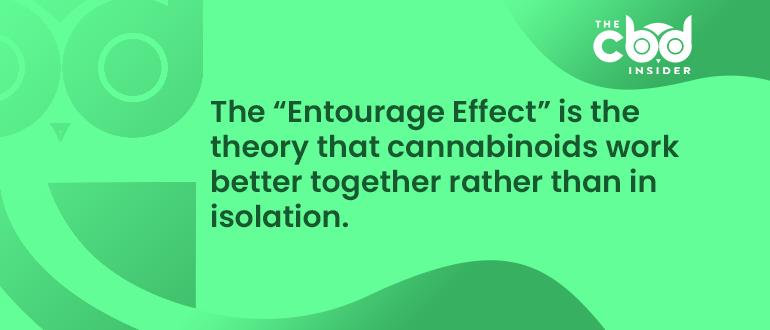
Although CBD and THC interact differently with the endocannabinoid system, scientists and consumers alike believe combining these differences may enhance the effectiveness of using cannabis. This is called the “Entourage Effect.”
Put simply, the “Entourage Effect” is the theory that cannabinoids work better together rather than in isolation.
Ethan Russo, a neurologist who has studied cannabis for decades, published a study on cannabis synergy in the British Journal of Pharmacology in 2011.
Russo noted that several scientific studies have alleged an entourage effect between CBD and THC.
A study by the Institute of Medical Sciences in Scotland showed a CBD/THC combination elevated calcium levels in hippocampal neurons more than CBD or THC alone. Another study led by Elisaldo Luiz de Araújo Carlini, a Brazilian researcher from the Federal University of São Paulo, noted that cannabis extracts containing THC, cannabinol, and cannabidiol had effects two to four times greater than expected from their THC content alone.
Overall, Russo’s study provides substantial evidence for the concept of whole-plant medicine, meaning that combining cannabinoids can produce more robust clinical applications than isolating and using these compounds alone.
Sativex: A Case-Study in the Entourage Effect
One popular combination of CBD and THC is Sativex, a spray developed by GW Pharmaceuticals for the treatment of spasticity in multiple sclerosis (MS) patients. Sativex uses a 1:1 CBD/THC ratio.
Sativex first received approval in the UK in 2010, and since then has gained approval to be placed in the marketplaces of 21 European countries, as well as other countries around the world. While not yet approved in the United States, Sativex is awaiting FDA approval. Sativex is currently in the clinical stage and is planned for a phase 3 trial (the phase preceding FDA approval) for MS spasticity.
Sativex has been used in several studies and found to be useful for various conditions beyond MS.
University of Liverpool Shows Sativex Reduces Neuropathic Pain in MS
The University of Liverpool in the UK tested Sativex on 64 patients for five weeks to determine if Sativex could reduce neuropathic pain in MS patients. Thirty-four patients received Sativex while 30 were given a placebo.
Pain intensity and sleep quality were recorded. Sativex was shown to reduce pain and improve sleep significantly when compared to the placebo. Researchers concluded Sativex was effective in reducing pain and improving sleep in MS patients.
Sativex Can Decrease Pain in Rheumatoid Arthritis Patients
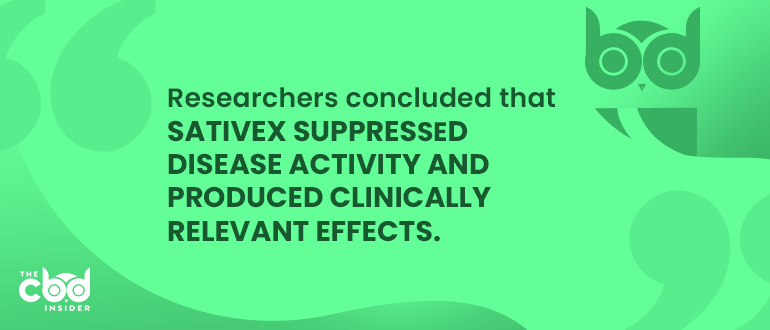
A study by the Royal National Hospital for Rheumatic Diseases in the UK used Sativex to decrease pain in rheumatoid arthritis patients.
Fifty-eight patients were involved for five weeks of treatment. Thirty-one patients received Sativex while 27 had placebo. Sativex outperformed the placebo significantly in the measurement of pain during movement, at rest, and in sleep quality.
Researchers concluded that Sativex suppressed disease activity and produced clinically relevant effects.
Sativex Offers Relief in Advanced Cancer Pain
The Severn Hospice in the UK tested Sativex in a group of 177 advanced cancer patients who could not find relief after taking opioid medication.
The patients were split into three treatment groups: Sativex, a THC-only treatment, and placebo. Sativex was significantly favored in pain reduction among the treatments. In fact, twice as many patients taking Sativex showed at least a 30% reduction in pain as compared to placebo and THC.
This study showed Sativex to be an effective treatment for advanced cancer pain.
Do CBD and THC Work Together?
The looming question about cannabinoid synergy is, could CBD or THC alone accomplish the same result?
Perhaps, but according to the advanced cancer pain study above, it seems having both cannabinoids is more beneficial than either one alone.
The researchers noted a synergy between CBD and THC, stating “CBD may enhance the analgesic potential of THC by means of” interacting with the CB2 receptors to provide anti-inflammatory benefits (which can relieve pain) and preventing the adverse side effects of THC. The treatment of THC alone could not produce these effects, further providing evidence of synergy.
The study about Sativex for rheumatoid arthritis also notes synergy.
Researchers found that one source of pain relief came from the activation of the CB1 receptors. This would be an effect of THC. They also observed suppression of inflammation activity in the immune system, a primary benefit of CBD, which also contributed to pain relief.
These findings from both studies highlight how the differences between CBD and THC worked together to produce significant benefits for the patients.
CBD and THC Can Still Work Together
CBD and THC are primarily different in function. THC can make people high and has more potential adverse side effects for some patients, while CBD negates those effects and has versatile medicinal applications.
Despite these differences, CBD and THC appear to come together as a potent combination for the therapeutic benefit of conditions such as multiple sclerosis, rheumatoid arthritis, and even advanced cancer pain.
What has your experience with CBD and/or THC been like? Have you found one more helpful than the other? Let us know in the comments below!
Disclaimer: The content on this site is for informational purposes only. We are not medical experts and nothing should be construed as medical advice. Be sure to speak with your physician before taking CBD or any other treatment.


